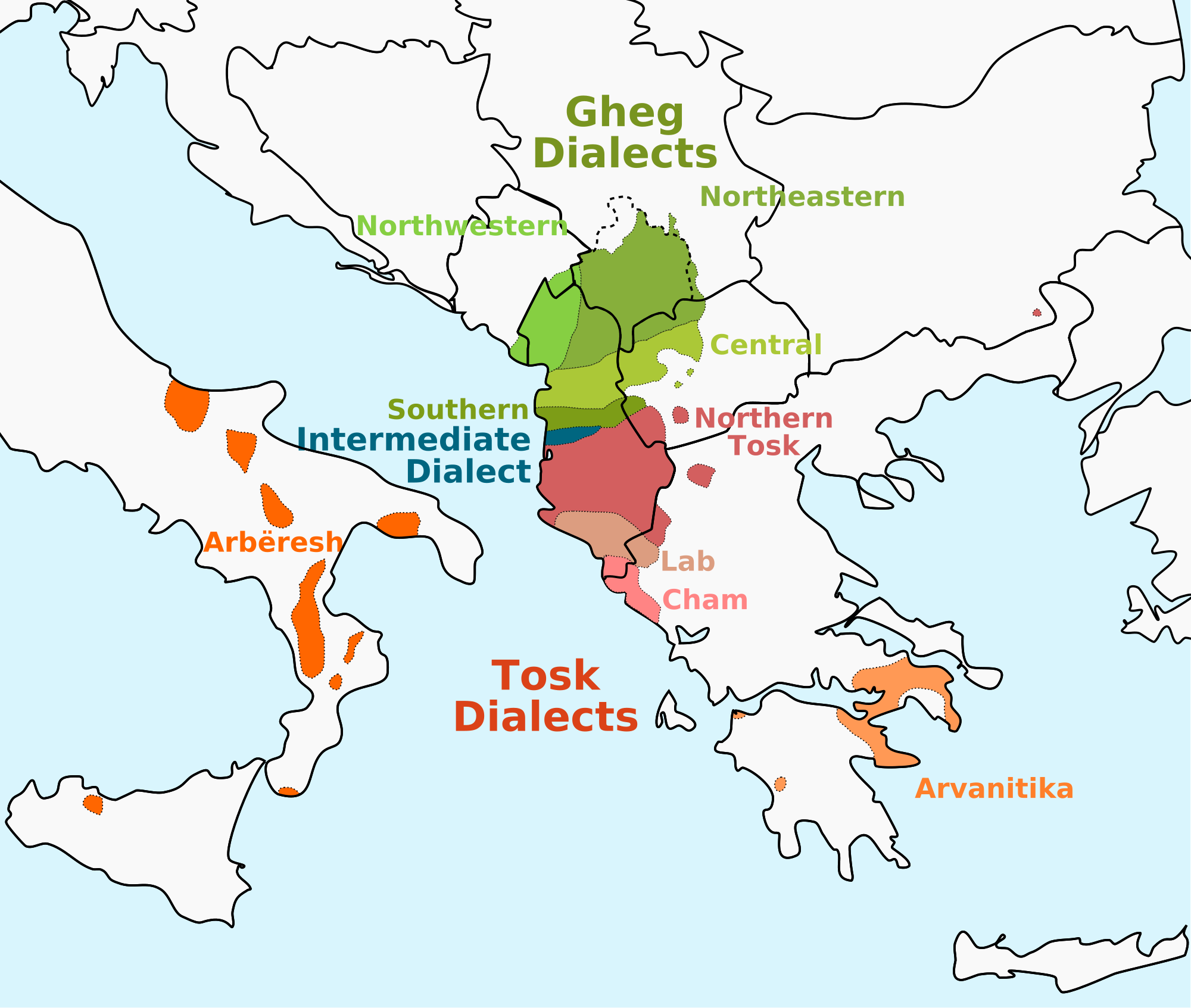Albanian Language
 •
by
•
by GRISZLYs GHOST

On February 21, 2019, the UN will celebrate the International Day of the Native Language. The eRepublik country of Brazil has invited other countries of the game to participate with them in this celebration.

Albanian (shqip / gjuha shqipe)
Albanian is an Indo-European language which forms its own branch in the Indo-European family and has no close relatives. It is spoken by about 7.6 million people, mainly in Albania and Kosovo, and also in parts of Italy, Macedonia, Montenegro, Romania and Serbia.
Origins
Albanian is thought by some scholars to be a descendent of Illyrian, a group of Indo-European languages spoken in the Western Balkans until perhaps the 6th century AD. Others believe that Albanian descended from Thracian or Dacian, Indo-European languages spoken in parts of the Balkans until about the 5th century AD.
Linguistic influences
Albanian absorbed some words from Greek and many words from Latin between the 2nd century BC and the 5th century AD. After that it was influenced by the languages of Slavic and Germanic tribes who settled in the Balkans. There were also borrowings from the Proto-Romanians or Vlachs from the 9th century AD.

Dialects
There are two main dialects of Albanian: Tosk (Toskësisht) and Gheg/Geg (Gegnisht). The dividing line between them is the Shkumbin river. Tosk is the official language of Albania, and one of the official languages of Kosovo and Macedonia, and is spoken in southern Albania, Turkey, Greece and Italy. Gheg is spoken in northern Albania, Serbia, Montenegro, Kosovo, Macedonia and Bulgaria. The dialects are more or less mutually intelligible, and transitional varieties of Albanian are spoken in central Albania.
Written Albanian
Albanian has been written with various alphabet since the 14th century. Originally the Tosk dialect was written with the Greek alphabet, while the Gheg dialect was written with the Latin alphabet. They have both also been written with the Turkish version of the Arabic alphabet. The Latin alphabet for Albanian was standardised in 1909, and a unified literary version of Albanian, based on the Tosk dialect, was established in 1972.
Albanian has also been written with a number of other alphabets, including Elbasan, Beitha Kukju and Todhri, local inventions which appeared during the 18th and 19th centuries, but were not widely used.


Comments
Congratulations on the article.
Congratulations Albanians!
I love this 🙂
We should be proud we have our very own language tree
our very own culture and a rich language
rich history*
Votado
o7
V o7
Super burri 😃
vote
v+
I mirê ky artikull zotëri
Vote
votado
Great article, interesting to read!
Thank you!
Ps. If you want to know more about Croatian language history, check this article:
https://www.erepublik.com/en/article/international-mother-language-day1-2691418/1/20
o7
R.
hmmm
my first impression was "Indo"??
how come Albania is related to Indonesia lol
went to google and realized it is a very popular language family of numerous dialects
International Mother Language Day:Greece
erepublik.com/gr/article/2691452
Vote
o7
I now that are some similar words in romanian and albanian, great article
voted.
o7